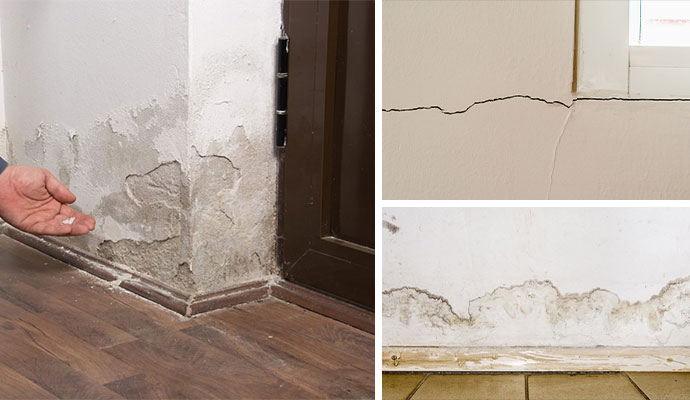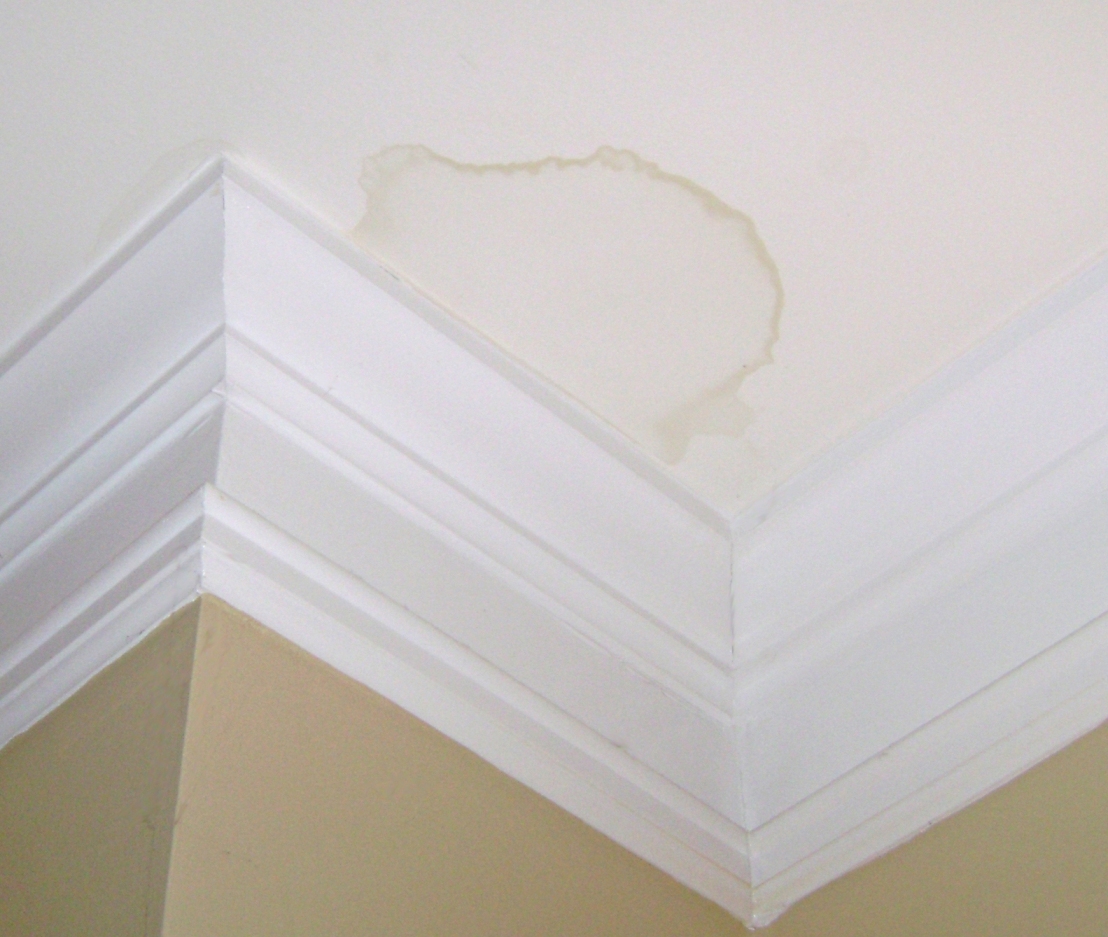Right here down the page yow will discover some professional news pertaining to Indicators of Water Damage Behind Walls.

Water spots on walls are not pleasurable to the eyes. Your house should lack stains on the wall surfaces, roofing, or floors. That is the excellent state of a house and its frameworks. Yet, in some cases it appears nearly inevitable to experience water discolorations on walls in houses.
Home owners residing in moist areas continuously manage the worry of water discolorations on walls. Yet that doesn't need to hold true for you. With precise and also all-around details on the causes of water spots and also prompt repair service procedures, you will constantly be an action ahead of such occurrences. This article guarantees to be a handy guide for you.
3 Usual Causes of Water Stains on Walls
In contrast to common belief, water discolorations on walls do not constantly originate from inadequate structure products. There are numerous sources of water discolorations on wall surfaces. These consist of:
Wet
When warm wet air consults with completely dry chilly air, it triggers water droplets to form on the walls of buildings. When there is heavy steam from food preparation or showers, this takes place in cooking areas and also shower rooms. The water droplets can stain the bordering walls in these parts of your residence and infect various other locations.
Damp or condensation influences the roofing system and also wall surfaces of buildings. When the wall surface is damp, it produces an ideal environment for the development of microorganisms and fungis.
Poor Drainage
When making a structure strategy, it is important to guarantee adequate drain. This will prevent water from permeating right into the walls. Where the water drainage system is obstructed or nonexistent, underground dampness develops. This links to too much dampness that you discover on the wall surfaces of your building.
The leading cause of wet wall surfaces, in this case, can be an inadequate drain system. It can also be because of poor monitoring of sewage pipelines that run through the structure.
Pipeline Leaks
Many residences have a network of water pipes within the wall surfaces. It always boosts the viability of such pipelines, as there is little oxygen within the wall surfaces.
Yet, a downside to this is that water leakage influences the walls of the structure and triggers widespread damage. An indicator of damaged pipes is the appearance of a water discolor on the wall surface.
Pro Pointer
A houseplant in your home likewise boosts its moisture. So, if the house is already damp, you might intend to present houseplants with minimal transpiration. An instance of suitable houseplants is succulents.
Water Stains on Wall: Repair Work Tips
House owners would usually desire a quick fix when dealing with water stains. They would soon realize this is counterproductive as the water stains repeat. So, right here are a few valuable ideas that will certainly direct you in the repair service of water spots on walls:
Final thought
No one desires to have water spots on walls in their residence, it can occur to the finest of us. This article offers you take advantage of, as you now recognize just how to handle this mishap if it does occur.
It is constantly best to recruit specialist solutions to assist repair the damages in your house.
Occasionally it appears practically inescapable to experience water spots on wall surfaces in residences.
In contrast to popular idea, water spots on wall surfaces do not always stem from inadequate structure materials. There are a number of reasons of water spots on wall surfaces. The water droplets can tarnish the surrounding walls in these components of your residence as well as spread to other locations.
Right here are a few useful ideas that will direct you in the fixing of water spots on walls:
CHECKING FOR WATER DAMAGE
Water damage can be costly, and it may begin before you even notice the first signs of trouble. Water damage can cause mold and mildew in your walls and floors, which can create an abundance of health concerns for your family. It can also lead to costly repairs of various appliances and general home fixtures. To avoid the pricey consequences of water damage, here are Warner Service’s top 5 places you should check:
The walls – The easiest place to spot the beginnings of water damage is on the walls and ceilings of your home. If water damage is present, there will most likely be water stains, especially around the windows and doorframes, and/or cracks in the drywall. If a stain looks unusual (discolored to brown, black or gray, raised texture), has a swollen appearance or is soft to the touch, contact a professional immediately. The pipes – To avoid water damage, consistently check the pipes in your kitchen (especially the dishwasher and ice maker), bathrooms, laundry room (specifically washing machines) and basement for corrosion, leaks and water stains. Pay special attention to where the pipes connect in your home and the location of caulking around the bathroom fixtures, including toilets, sinks, showers and tubs. Missing or loose caulking and grout could be signs of leaking water. This seepage can also quickly cause mold and rust, so double check your water heater and tank for wet spots on the floor. The floor – Water damage is very easy to spot on the floor. Look for any warping or buckling of the material, especially in the basement. If your home has wood flooring, look for bright white or dark stains. If your home has carpeting, keep it dry and clean. A damp carpet that smells of mold could cause water damage and health problems. To avoid this, consider installing floor pans under your appliances to help prevent damages from small, slow and undetected leaks. The basement and attic – If your basement or attic smells odd check for mold and mildew around the area, especially the valley where the roof meets. While you are inspecting those areas, check for wall cracks, floor stains, rust and dampness in the insulation. If you live in a colder and/or rainier climate, perform routine checks for water damage from melting snow or ice and rain. The exterior – Check the roof for damaged flashing and missing, cracked or curled shingles. There should also be no standing water anywhere outside your home. This could be caused by puddles, leaky rain gutters or hoses, poor drainage, or short gutter spouts. Invest in a sump pump system or water flow monitoring system, and perform routine maintenance on these outdoor appliances to avoid indoor water damage.

I hope you enjoyed our part on How to Remove Water Stains from Walls and Ceilings. Thank you for taking time to read through our article post. In case you enjoyed our page plz make sure you remember to share it. Thank-you for your time invested reading it.
Details Here